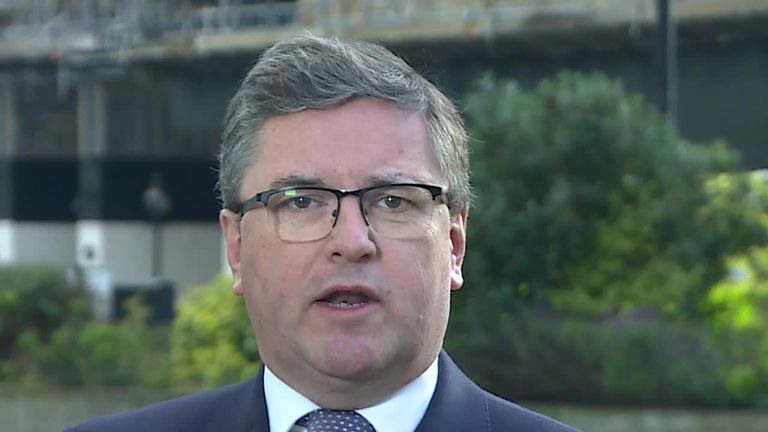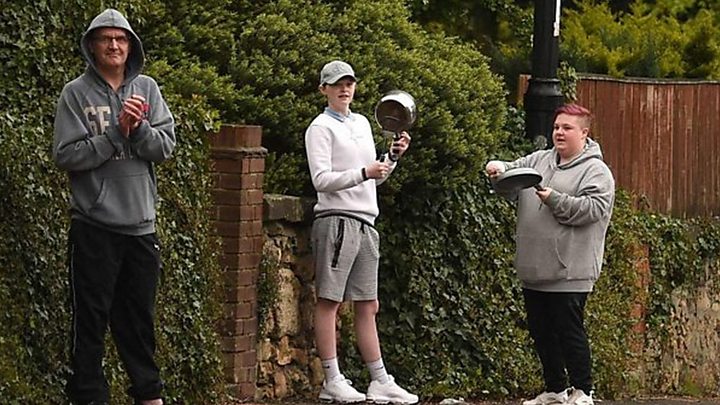The Duchess of Sussex has lost the first High Court fight against the publishers of The Mail On Sunday.
The case is focused on the newspaper's publication of a letter that Meghan wrote to her estranged father, Thomas Markle.
In a ruling on Friday, Mr Justice Warby struck out parts of the duchess's claim against the Mail on Sunday's publisher, Associated Newspapers, including allegations that it acted "dishonestly" by leaving out certain passages of the letter.
The judge also struck out allegations that the publisher deliberately "stirred up" issues between Meghan and her father, and that it had an "agenda" of publishing intrusive or offensive stories about her.
Mr Justice Warby said those allegations should not form part of her case at this stage, because they were "irrelevant" to her claim for misuse of private information, copyright infringement and breach of the Data Protection Act.
However, he said those parts of her case may be revived at a later stage, if they are put on a proper legal basis.
A spokesman for the Duchess of Sussex said the ruling "makes very clear that the core elements of this case do not change and will continue to move forward".
He added: "Whilst the judge recognises that there is a claim for breach of privacy and copyright, we are surprised to see that his ruling suggests that dishonest behaviour is not relevant."
Meghan is suing Associated Newspapers over five articles, two in the Mail on Sunday and three on MailOnline, which were published in February 2019.
The articles reproduced parts of a handwritten letter she sent to her father Thomas in August 2018.
A preliminary hearing, in which lawyers for the publisher asked for parts of the Meghan's case to be struck out, was held last week.
The judge sat at the Royal Courts of Justice in London and lawyers and reporters attended remotely.
It is understood that the Meghan and her husband the Duke of Sussex listened online to the parts of the hearing.
The duchess is seeking damages from Associated Newspapers for alleged misuse of private information, copyright infringement and breach of the Data Protection Act.
Meghan has previously said any damages she may be awarded if she wins her case will be donated to an anti-bullying charity.
Associated Newspapers wholly denies the allegations, particularly the claim that the letter was edited in any way that changed its meaning, and says it will hotly contest the case.
Sections of the letter were published in the newspaper and online in February last year, and it was announced in October that the duchess would be taking legal action.
The headline on the main article read: "Revealed: The letter showing true tragedy of Meghan's rift with a father she says has 'broken her heart into a million pieces'".
No date has been set for any further hearing in the case and it is not known when a full trial of the issues is expected to take place.
https://news.google.com/__i/rss/rd/articles/CBMiXmh0dHBzOi8vbmV3cy5za3kuY29tL3N0b3J5L21lZ2hhbi1sb3Nlcy1maXJzdC1oaWdoLWNvdXJ0LWZpZ2h0LWFnYWluc3QtbWFpbC1vbi1zdW5kYXktMTE5ODE3MjfSAWJodHRwczovL25ld3Muc2t5LmNvbS9zdG9yeS9hbXAvbWVnaGFuLWxvc2VzLWZpcnN0LWhpZ2gtY291cnQtZmlnaHQtYWdhaW5zdC1tYWlsLW9uLXN1bmRheS0xMTk4MTcyNw?oc=5
2020-05-01 11:13:53Z
52780755753278






















